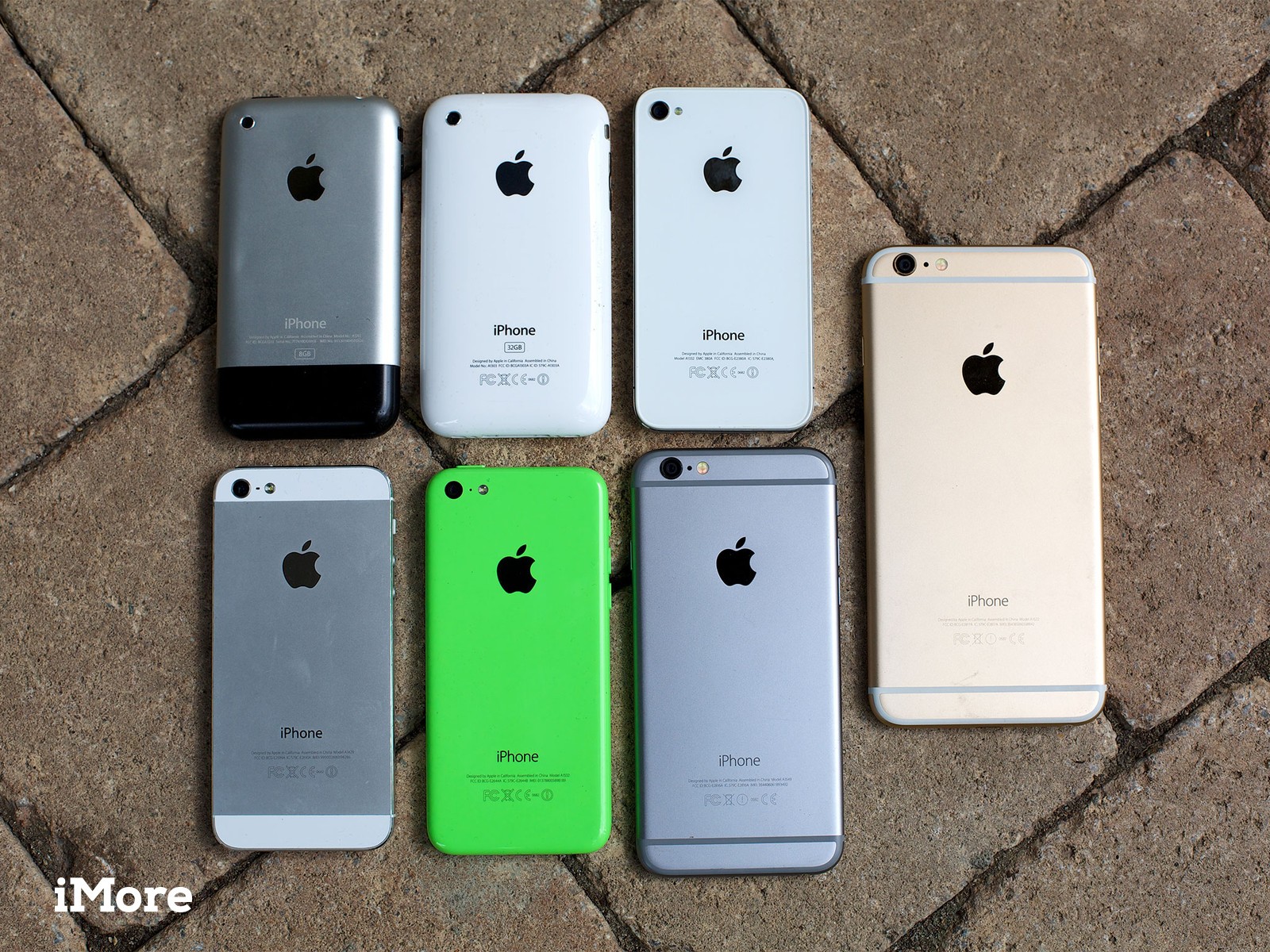What is the Material of Your Phone Body?
Smartphones have become a necessity in people's lives and are the most popular electronic digital products nowadays. Performance is important when choosing a phone, but so is the look, feel and firmness of the phone, which mainly depend on the quality of the phone's body. At present, the main materials of the body of mobile phones are metals, glass, and plastics, and ceramic materials are also used in some more advanced mobile phones.
Metal Body
The metal Body is made mainly of aluminum alloy, which is mixed with a small amount of magnesium or other metal materials to enhance its strength. Magnesium-aluminum alloy and titanium-aluminum alloy are now commonly used as the body of mobile phones. Currently, aluminum is the most versatile and cost-effective smartphone body material, and it is more recyclable than titanium and magnesium.
Glass body
The glass used in mobile phone body is a kind of chemically reinforced glass, and its raw material is special sodium silicate glass material, which can enhance its own strength by exchanging sodium ions and potassium ions. Because the ion-exchange layer is conducted uniformly, the chemical toughened glass method is used to enhance the thin glass with remarkable effect, especially suitable for the glass under 5mm.

Plastic body
The most common plastic material on mobile phones today is polycarbonate (PC), which is resistant to weak acid and alkali, as well as neutral oil. Besides that, PC materials have fire resistance, wear resistance and oxidation resistance. The plastic body has many advantages, such as high strength and elasticity, high impact strength, high transparency and free dyeing. Moreover, PC materials are tasteless, odorless and harmless to the human body.
However, the main performance defect of PC is that its hydrolytic stability is not high enough, and it will turn yellow when exposed to ultraviolet rays for a long time. Like other resins, the PC is vulnerable to some organic solvents.
Ceramic body
Ceramic materials such as yttria-stabilized zirconia are actually composite materials. Yttrium oxide (yttria) is used as a stabilizer. The material is mainly tetrahedral and has the highest bending strength of all zirconia materials, especially when sintered.
Ceramic materials have the luster of metal and good ductility, which makes the material less prone to problems such as glass body bursting during later finishing. Although the ductility has improved, in fact, ceramics are also easy to break due to high hardness. Besides that, although it is not as exaggerated as metal, ceramic materials still have certain shielding for signals, which puts forward higher requirements for the manufacturer's antenna design.









